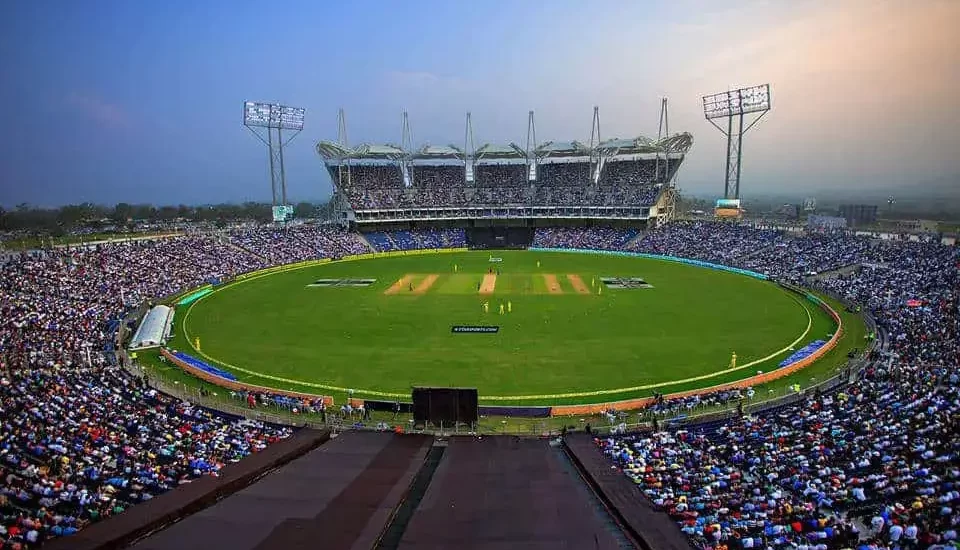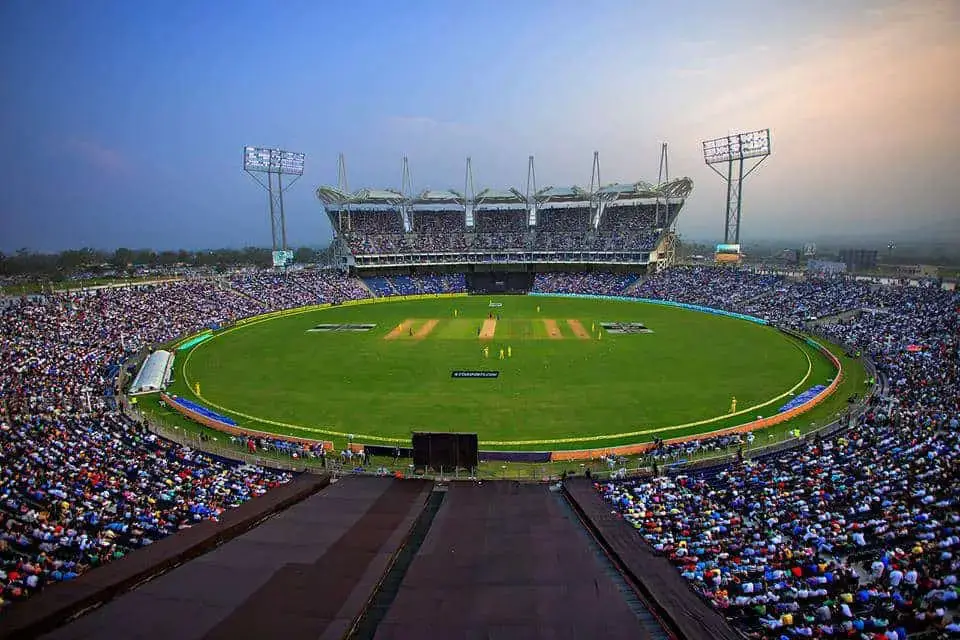
Cricket, the gentleman’s game, has developed over the years into a vibrant sport with diverse formats catering to various audiences. One such exhilarating format is Twenty20 (T20) cricket, known for its fast-paced character and nail-biting junctures. At the heart of T20i cricket fibs a critical phase called the Power Play. In this extensive guide, we will delve in-depth into what Power Play is, its importance, rules, and strategies that teams utilise to make the most out of this crucial phase.
Understanding the Power Play in Cricket
The Power Play is a different phase in a T20i cricket match, illustrated by distinctive fielding constraints and tactical nuances. It’s a time when the batting and bowling sides employ in a strategic battle, seeking to gain the upper hand. This stage is generally encompassed to the early overs of an innings and especially impacts the game’s course.
Decoding the Power Play Rules
The Power Play phase in T20i cricket is mostly set for the first six overs of an innings. During this time, specific fielding rules are in place to promote fierce batting and to keep the game dynamic. These laws are as follows:
- Inner Circle: Only two fielders are permitted outside the 30-yard circle during the Power Play overs. This rule seeks to create intervals in the field, compelling batsmen to take risks and score boundaries.
- Maximum Fielders: In addition to the inner circle rule, a maximum of five fielders can be placed outside the 30-yard circle. This limitation places a bonus on big shots and inventive stroke play.
Some of the other rules:
- The Power Play phase is set for the first six overs of each team’s innings.
- During the Power Play, only two fielders are permitted outside the 30-yard circle.
- A maximum of five fielders can be positioned outside the 30-yard circle during the Power Play.
- Any no-ball (including foot fault) or high full toss delivery beyond waist altitude results in a Free Hit for the batsman, even during the Power Play.
- If the ball bounces more than once or rolls along the ground before reaching the batsman, it’s considered a no-ball, irrespective of the delivery height.
- Any delivery that goes above the batsman’s waistline height without reaching the ground is regarded as a no-ball.
- The wicketkeeper must stand within the 30-yard circle during the Power Play overs.
- The bowling side cannot take a Power Play directly after the obligatory first one; there must be at least two overs between successive Power Plays.
- If a fielding team fails to start the 20th over within 75 minutes, a six-run liability is awarded to the batting side, and the 20th over is allocated as a Power Play over.
- If the innings of the side batting first are completed before the given number of overs due to early wickets, the leftover overs are deeded to the second innings as a Power Play.
- During the Power Play, bowlers must revise their lengths and lines to oppose the fierce intent of batsmen.
- Batsmen often aim to manipulate the fielding limitations by targeting gaps and boundaries during the Power Play.
- Teams often strategize the deployment of their best bowlers during the Power Play to pursue early breakthroughs.
- Power Play performances can greatly impact the comprehensive outcome of the match, setting the style for the remainder of the innings.
Strategies to Excel in the Power Play
The Power Play is a double-edged sword. It gives a chance for batsmen to score without hassle and for bowlers to make breakthroughs. Teams often devise specific plans to optimize this phase on behalf of their powers and the match circumstance.
Batting Strategies
- Aggression Pays Off: During the Power Play, batsmen are prompted to play fiercely and compel on the fielding restrictions. Smashing boundaries, specifically in the gaps, can put the bowling team on the back foot early on.
- Openers’ Role: The opener batter plays a pivotal role during the Power Play. They need to assess the pitch and conditions swiftly and determine whether to play cautiously or attack.
- Rotating Strike: While boundaries are essential, rotating the strike and keeping the scoreboard ticking are equally essential. It avoids dot balls from piling up and rids pressure.
Bowling Strategies
- Wicket-Taking Bowlers: Teams often use their most esteemed wicket-taking bowlers during the Power Play to get rid of partnerships and capture early advantages.
- Variation is Key: Bowlers who can mix up their deliveries, with deviations in pace and length, can keep batsmen speculating and prevent them from settling.
- Field Placement: Captains need to be proactive with field sequences during the Power Play. Placing fielders strategically in gaps or where batsmen often score can lead to breakthroughs.
Impact of Power Play on the Match Outcome
The Power Play’s results often set the manner for the rest of the innings. A batting side that makes the most of the fielding restrictions can build a strong medium for a commendable total. On the other hand, a bowling side that takes wickets early can stifle the opposition’s progress.
Also, see:
Comprehensive Guide to Cricket Bat Size, Grips, Stickers, and Top Recommendations

